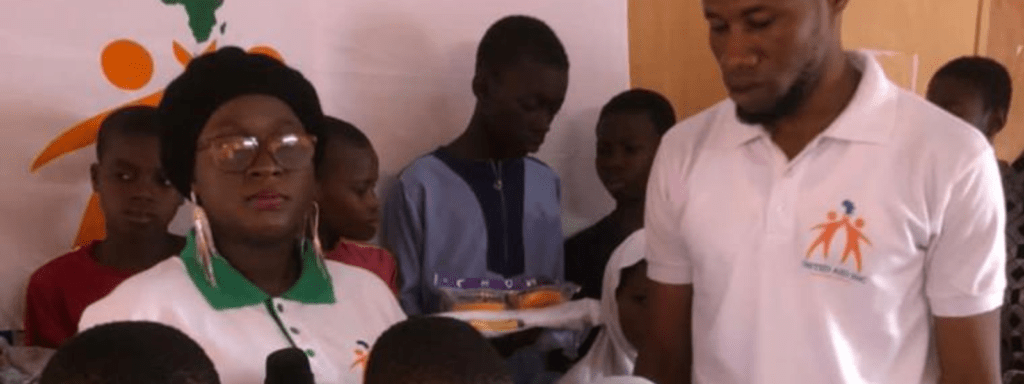Introduction
Social reintegration is a critical process for rebuilding lives and communities, especially in regions that have endured conflict, displacement, and systemic marginalization. In Africa, where histories of colonization, civil wars, and ethnic tensions have left lasting scars, social reintegration is not just a necessity—it is a cornerstone for sustainable development. This blog explores the challenges, opportunities, and transformative stories that define social reintegration efforts across the continent.

Historical Context
The Legacy of Colonialism and Its Impact on Social Structures
Colonial rule disrupted traditional African social systems, creating artificial borders and divisions that led to deep-rooted conflicts. Communities were displaced, cultural identities eroded, and social hierarchies redefined. These historical injustices continue to hinder reintegration efforts today, as rebuilding requires undoing centuries of structural damage.
Effects of Civil Wars and Ethnic Conflicts on Communities
Civil wars in countries like Liberia, Sierra Leone, and Rwanda tore communities apart, leaving behind displaced populations, broken families, and psychological trauma. Ethnic conflicts further fueled divisions, creating distrust and animosity that persist long after the conflicts have ended.
How Historical Injustices Shape Modern-Day Reintegration Efforts
Addressing the past is crucial for moving forward. Truth and reconciliation commissions, like the one in South Africa, provide a framework for healing historical wounds. However, much work remains to integrate marginalized groups and rebuild cohesive societies.
The Scope of Social Reintegration
Who Are the Key Groups in Need of Reintegration?
Social reintegration efforts target diverse groups, including former combatants, displaced persons, child soldiers, and survivors of gender-based violence. Each group faces unique challenges requiring tailored approaches.
The Role of Families, Communities, and Governments in Social Reintegration
Families provide the foundational support for reintegration, while communities foster acceptance and inclusion. Governments play a pivotal role by enacting policies and allocating resources to ensure long-term success.
Reintegration as a Path to Sustainable Development
Social reintegration is intrinsically linked to economic growth, social stability, and peace. By reintegrating marginalized groups, societies unlock human potential and build resilient communities.
Challenges to Social Reintegration
Stigma and Marginalization: Breaking Down Barriers
Many reintegrated individuals face stigma from their communities. Former combatants, for example, are often seen as threats rather than contributors. Breaking down these barriers requires education and dialogue.
Economic Hardships and Limited Access to Resources
Reintegration is impossible without access to basic resources like housing, food, and employment. Poverty remains a significant barrier to the reintegration process.
Psychological Trauma and the Need for Mental Health Support
Trauma from war, displacement, or violence can hinder reintegration. Addressing mental health needs through counseling and support groups is essential for healing.
Gender-Based Challenges: Women and Reintegration
Women often face compounded challenges, including societal expectations, gender-based violence, and limited access to resources. Gender-sensitive reintegration strategies are vital for empowering female survivors.
Case Studies
Successful Reintegration in Rwanda: Lessons from Post-Genocide Recovery
Rwanda’s reconciliation efforts after the 1994 genocide are a global example of successful reintegration. Community courts (gacaca) and reconciliation programs brought justice and healing, fostering national unity.
Reintegration Programs in Sierra Leone After the Civil War
Sierra Leone’s Disarmament, Demobilization, and Reintegration (DDR) programs helped former combatants reintegrate into society by providing vocational training and community acceptance initiatives.
The Struggles and Progress of Former Child Soldiers in Uganda
Uganda’s efforts to rehabilitate former child soldiers focus on counseling, education, and community integration. Despite challenges, many have transitioned from trauma to productive lives.
Community-Centered Approaches
Building Trust Through Community Dialogue and Mediation
Reintegration thrives on trust. Community dialogue sessions encourage understanding and reconciliation, fostering a sense of unity.
Cultural Traditions and Their Role in Reconciliation
African traditions, like cleansing ceremonies, play a vital role in symbolic healing and reintegration, blending cultural authenticity with modern approaches.
Grassroots Organizations Driving Change
Local organizations often lead reintegration efforts, understanding the unique needs of their communities and delivering tailored solutions.
Education and Skills Training
The Role of Education in Empowering Reintegration
Education provides a pathway to self-sufficiency. By equipping individuals with knowledge, they can rebuild their lives and contribute to society.
Vocational Training for Economic Independence
Programs that teach practical skills—farming, carpentry, or technology—enable individuals to secure livelihoods and reintegrate economically.
How Technology is Enhancing Opportunities for Reintegration
Digital tools and online education platforms expand opportunities for training, job matching, and financial literacy, empowering reintegrated individuals.
Conclusion
Social reintegration in Africa is a monumental task but one filled with immense hope and potential. By addressing historical injustices, providing economic opportunities, and fostering community acceptance, Africa can rebuild its social fabric. Everyone—from governments to communities and international allies—has a role to play. Together, we can turn stories of division into narratives of resilience, unity, and progress.
